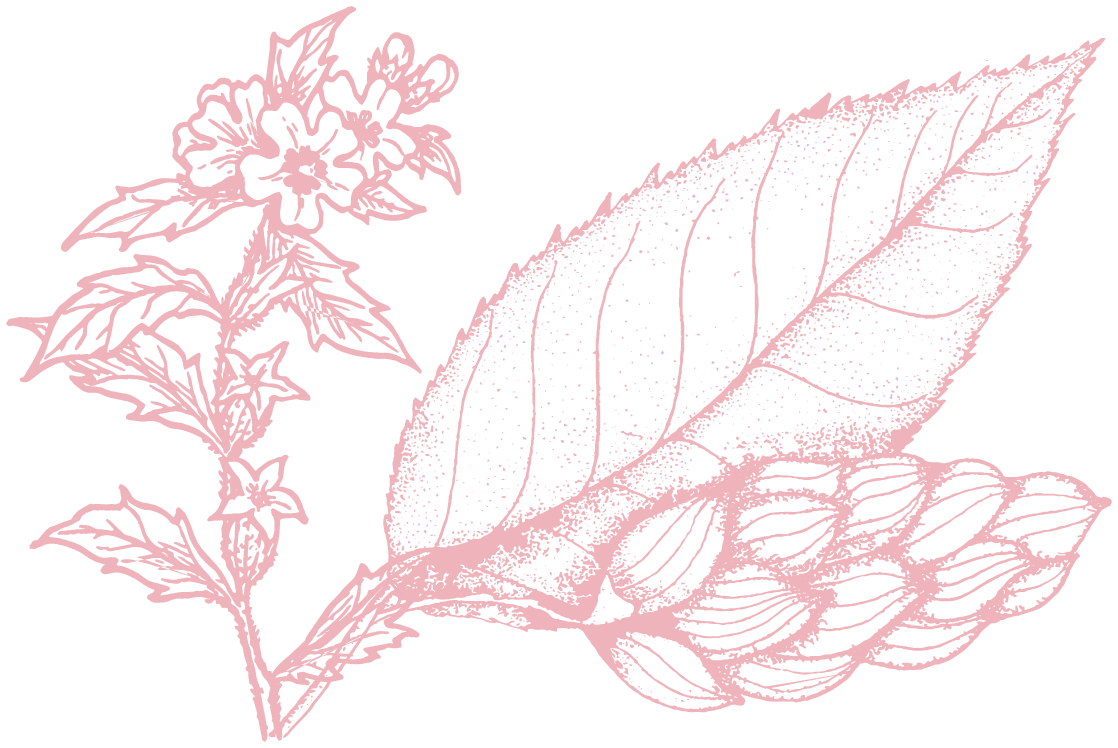
TERRITORY
The FERA is born in the heart of the Central Pyrenees. Pedal between the valleys of the rivers Noguera Pallaresa, Noguera Ribagorçana, Garona and Segre.
A high mountain route between the northern and southern slopes of the mountain range.
Mountains that have been alive and inhabited for thousands of years, shaped by extensive livestock farming and the exploitation of natural resources. Border zone, region of battles and exiles. Land with a great and diverse cultural legacy, where some of its traditions are UNESCO World Heritage. A territory that hosts large natural and wild spaces, many of them protected, such as the national park of Aigüestortes and Estany de St. Maurici and the natural park of the High Pyrenees.

The Pyrenean landscape marks its toughness. FERA is the result of the commitment to share the best itinerary that allows you to discover the diversity of the territory by avoiding the busiest roads and looking for the most rideable itineraries.
It is not a conventional gravel route, it runs on small paved roads and high mountain tracks between the mountain bike and the gravel. A route that could hardly be done comfortably with any other type of bicycle.
It should be borne in mind that FERA exceeds 2,000m of altitude in several sections and reaches over 2,400m. It circulates between the highest mountains of the Pyrenees and also through its deep valleys. A tough territory not only because of its mountains, but also because of its climate and weather conditions. Much of the route rests under snow for many winter months and in the summer you have to watch out for storms and sudden changes in temperature.
.3a4153ad.jpg&w=2048&q=75)
The route runs entirely through rural mountain areas. We recommend being prudent in terms of access to food and services. Some of the population centers that you pass through do not have services, or may not have them at the time of our passage, despite being described in the itineraries. The only places where we guarantee to have the most services are the start and end cores of the proposed segments.
Specifically:
-
SOURCES: Usually non-potable (non-chlorinated) water. Although not common, they can be dry during the months with less precipitation.
-
SHOPS / WORKSHOPS: In smaller population centers they may be open at very specific times and sometimes only in the months with the greatest influx of visitors. In some cases they may only have specific products. The workshops are located in the largest population centers. There are points with tools to make small repairs. We recommend bringing all necessary repair material.
-
BARS/RESTAURANTS: Not always open in small towns. Some accommodations can provide this service.
-
ACCOMMODATION: Outside of the larger population centers and campsites, it is possible to not find accommodation in the months with the greatest influx of visitors if it is not with prior reservation. Consult in time.
-
EMERGENCY SHELTERS: Spaces that allow protection in the event of an emergency. We do not recommend staying overnight if it is not essential.
